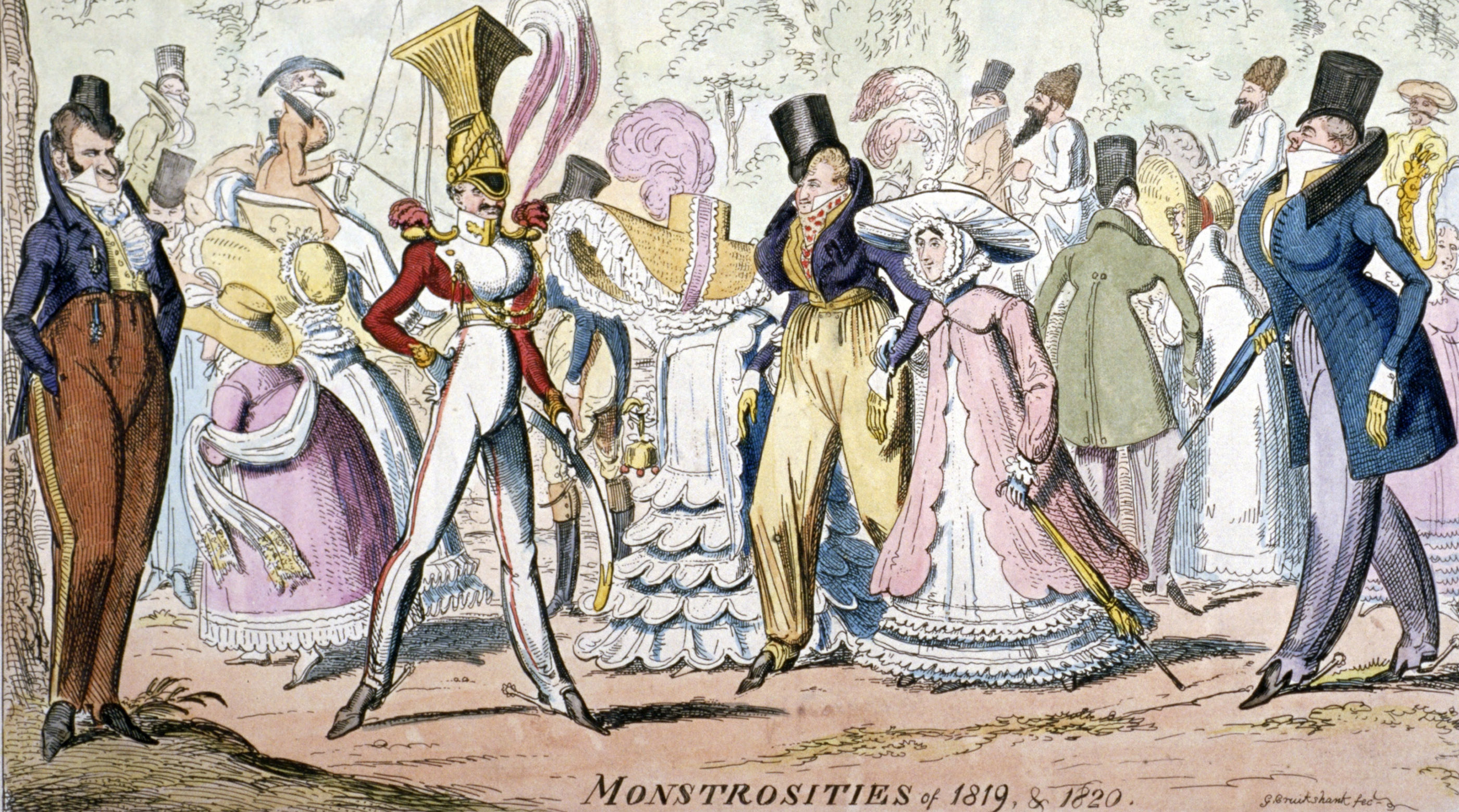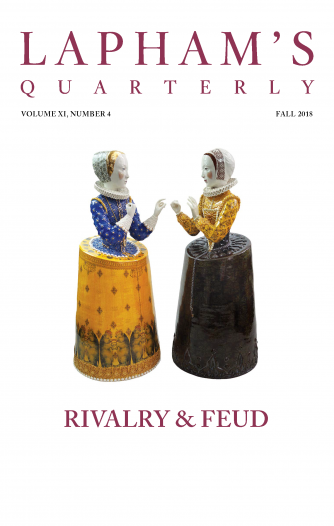It is a curious fact that the production of precisely those articles which serve the personal adornment of the ladies of the bourgeoisie involves the saddest consequences for the health of the workers.
The dressmaking establishments of London employ a mass of young girls—there are said to be fifteen thousand of them in all—who sleep and eat on the premises, come usually from the country, and are therefore absolutely the slaves of their employers. During the fashionable season, which lasts some four months, working hours, even in the best establishments, are fifteen and, in very pressing cases, eighteen a day; but in most shops work goes on at these times without any set regulation, so that the girls never have more than six, often not more than three or four, sometimes, indeed, not more than two hours in the twenty-four, for rest and sleep, working nineteen to twenty-two hours, if not the whole night through, as frequently happens! The only limit set to their work is the absolute physical inability to hold the needle another minute. Cases have occurred in which these helpless creatures did not undress during nine consecutive days and nights, and could only rest a moment or two here and there upon a mattress, where food was served them ready cut up in order to require the least possible time for swallowing. In short, these unfortunate girls are kept by means of the moral whip of the modern slave driver, the threat of discharge, to such long and unbroken toil as no strong man, much less a delicate girl of fourteen to twenty years, can endure. In addition to this, the foul air of the workroom and sleeping places, the bent posture, the often bad and indigestible food, all these causes, combined with almost total exclusion from fresh air, entail the saddest consequences for the health of the girls. Enervation, exhaustion, debility, loss of appetite, pains in the shoulders, back, and hips, but especially headache, begin very soon; then follow curvatures of the spine, high, deformed shoulders, leanness, swelled, weeping, and smarting eyes, which soon become shortsighted; coughs, narrow chests, and shortness of breath, and all manner of disorders in the development of the female organism. In many cases the eyes suffer so severely that incurable blindness follows; but if the sight remains strong enough to make continued work possible, consumption usually soon ends the sad life of these milliners and dressmakers. Even those who leave this work at an early age retain permanently injured health, a broken constitution, and, when married, bring feeble and sickly children into the world. All the medical men interrogated by the commissioners agreed that no method of life could be invented better calculated to destroy health and induce early death.

Monstrosities of 1819 & 1820, by George Cruikshank, 1835. © HIP / Art Resource, NY.
With the same cruelty, though somewhat more indirectly, the rest of the needlewomen of London are exploited. The girls employed in stay-making have a hard, wearing occupation, trying to the eyes. And what wages do they get? I do not know; but this I know, that the middleman who has to give security for the material delivered, and who distributes the work among the needlewomen, receives three-halfpence per piece. From this he deducts his own pay, at least a halfpence, so that one penny at most reaches the pocket of the girl. The girls who sew neckties must bind themselves to work sixteen hours a day, and receive four shillings sixpence a week. But the shirtmakers’ lot is the worst. They receive for an ordinary shirt three-halfpence. For fine, fancy shirts, which can be made in one day of eighteen hours, sixpence is paid. The weekly wage of these sewing women according to this and according to testimony from many sides, including both needlewomen and employers, is two shillings sixpence to three shillings for most strained work continued far into the night. And what crowns this shameful barbarism is the fact that the women must give a money deposit for a part of the materials entrusted to them, which they naturally cannot do unless they pawn a part of them (as the employers very well know), redeeming them at a loss; or if they cannot redeem the materials, they must appear before a justice of the peace, as happened a sewing woman in November, 1843. A poor girl who got into this strait and did not know what to do next, drowned herself in a canal in 1844. These women usually live in little garret rooms in the utmost distress, where as many crowd together as the space can possibly admit, and where, in winter, the animal warmth of the workers is the only heat obtainable. Here they sit bent over their work, sewing from four or five in the morning until midnight, destroying their health in a year or two and ending in an early grave, without being able to obtain the poorest necessities of life meanwhile. And below them roll the brilliant equipages of the upper bourgeoisie, and perhaps ten steps away some pitiable dandy loses more money in one evening at faro than they can earn in a year.
From The Condition of the Working Class in England. In 1842, at twenty-two years of age, Engels was sent by his father to Manchester to help manage the family’s cotton mill. On his way he met Karl Marx in Cologne, and three years later he published this book. Engels devoted his time in Manchester “to the intercourse with plain working men,” he wrote. “I was induced to spend many a happy hour in obtaining a knowledge of the realities of life—many an hour, which else would have been wasted in fashionable talk and tiresome etiquette.”
Back to Issue


